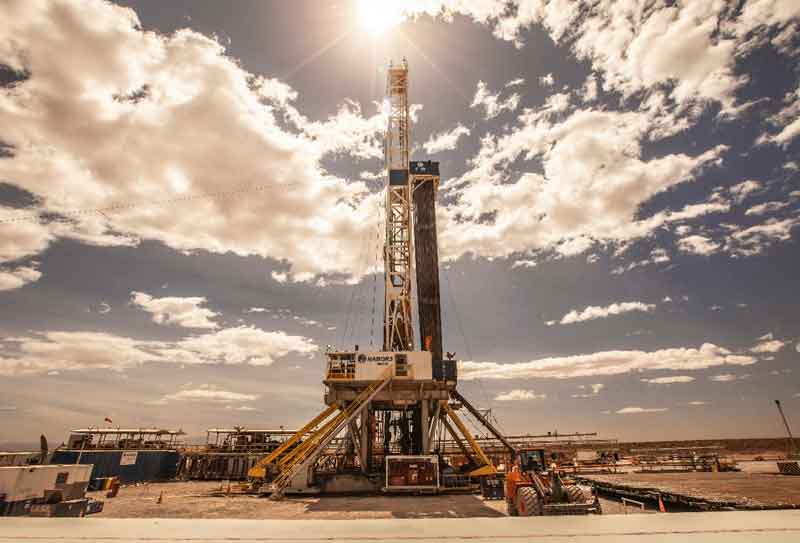RIO DE JANEIRO, BRAZIL – Fracking activity in Vaca Muerta, Argentina shot up in January to its highest level in 17 months, according to data released Feb. 3, as demand recovers from an eight-month lockdown for the coronavirus pandemic and pricing incentives spur drilling for natural gas.

The number of frac stages in Vaca Muerta rose 39% to 662 in January from 477 in November, according to the data compiled by the Argentine unit of Houston-based services company NCS Multistage.
Of the activity in January, YPF, the country’s stage-backed energy company and biggest oil and gas producer, was the most active with 382 stages, trailed by Mexico-based Vista Oil & Gas with 111, Argentina’s Tecpetrol with 39, Argentina’s Pluspetrol with 31 and BP-backed Pan American Energy with 24, the data showed.
In year-on-year terms, January fracking activity was nearly double the 340 stages in the year-earlier period, a sign of how the lifting of the March-November lockdown is rekindling oil and gas demand.
January had the highest number of stages fracked since August 2019, when it totaled 676, according to NCS.
The lockdown for the pandemic had led frackers to cut fracking to as little as zero frac stages last April because of the decline in demand and restrictions on working in the fields. They didn’t start to really return to the fields for fracking until September. Since then, the number of stages has averaged more than 300 per month.
The lifting of the lockdown — there are still some restrictions on travel — has boosted oil and gas demand, helping oil production to recover. Oil output recovered to 479,431 b/d in December from a pandemic low as 445,614 b/d in May as demand for diesel and gasoline has steadily recovered. Argentina supplies all of its own oil for refining, with most of the light crude from Vaca Muerta being consumed in the country.
A rise in global oil prices has also encouraged new activity in the play, which has been driving the country’s overall oil and gas production growth over the past few years.
Another help has come from the December launch of a 2020-24 program in Argentina to improve returns on gas production with higher pricing and long-term supply contracts.
Despite the gains, oil production is still shy of the pre-pandemic level of nearly 520,000 b/d in March, while gas production — at 113.8 million cu m/d in December — is 21% less than a most recent high of 144.4 million cu m/d in July 2019.
Vaca muerta
The Vaca Muerta Formation, commonly known as Vaca Muerta (Spanish for Dead Cow) is a geologic formation of Late Jurassic to Early Cretaceous age, located in the Neuquén Basin in northern Patagonia, Argentina. It is well known as the host rock for major deposits of shale oil and shale gas.
The large oil discovery in the Vaca Muerta Formation was made in 2010 by the former Repsol-YPF, which announced the discovery in May 2011. The total proven reserves are around 927 million barrels.

